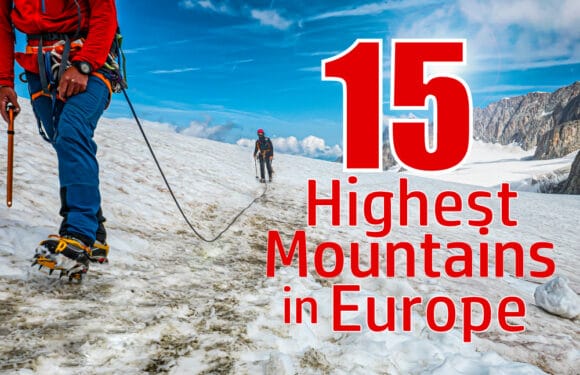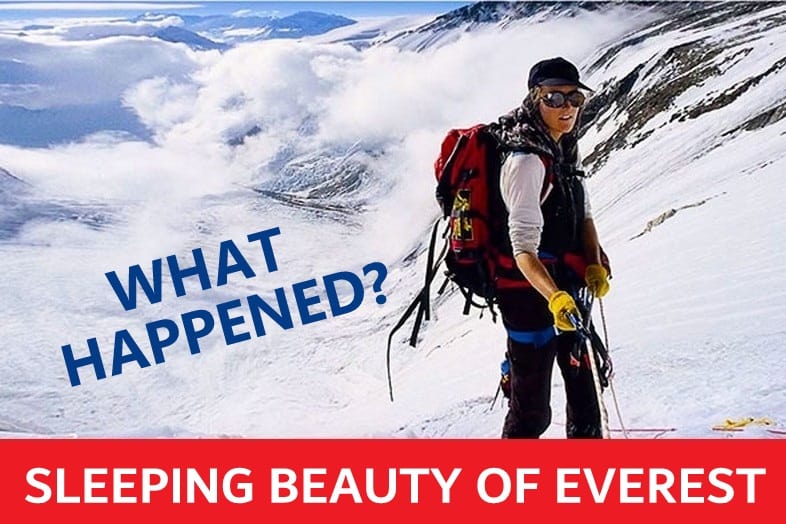
The story of Francys Arsentiev, known posthumously as “Everest’s Sleeping Beauty,” occupies a particularly heartrending niche. Her quest for the summit in the spring of 1998 is one of the mountain’s most poignant tales of the human spirit, and its vulnerabilities.
WARNING: This article contains graphic images. Reader discretion is advised.
Francys & Sergei: Love and Ambition
Born on January 18, 1958, in Honolulu, Hawaii, Francys Yarbro went to school and graduated with a master’s degree in business. Her professional life as an accountant in Telluride, Colorado, belied the adventurous soul that yearned for the mountain’s call.
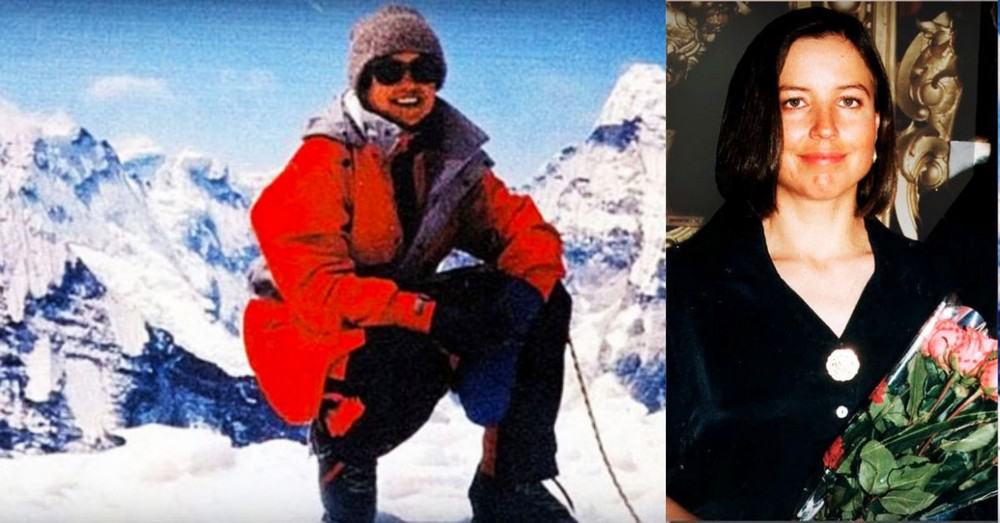
Francys’s life took a pivotal turn upon meeting Sergei Arsentiev, a Russian mountaineer known as “the snow leopard” for his achievements in climbing Russia’s highest peaks. Together, they climbed many Russian peaks. Their shared passion for mountaineering blossomed into a romantic partnership as well. They were married in 1992.
Francys’s climbing career included numerous expeditions, notably ascending Denali’s West Buttress and Europe’s Elbrus (she was the first U.S. woman to ski down Elbrus). She had a dream of reaching the summit of Everest without the aid of supplemental oxygen—a feat that would distinguish her as the first American woman to do so.
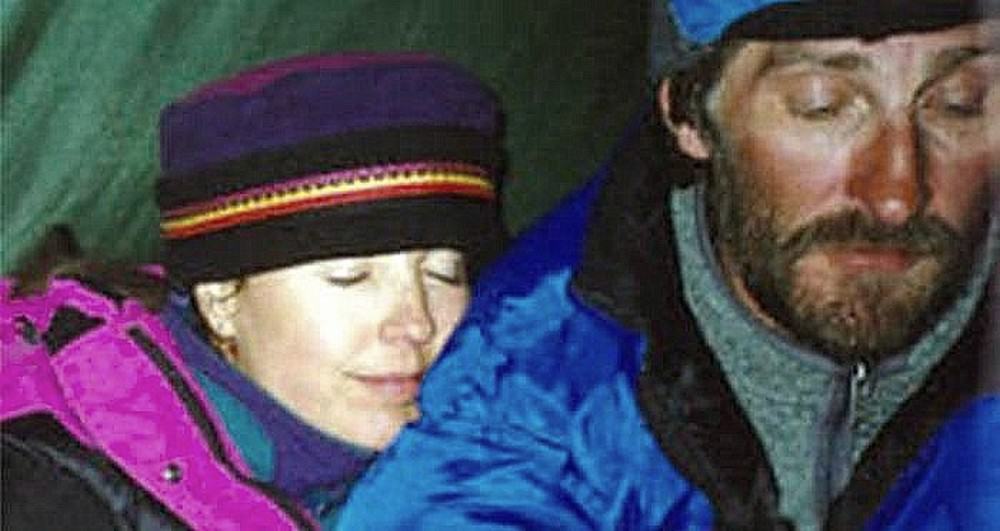
High Stakes: Everest Without Oxygen
Mount Everest is one of the most deadly mountains in the world to climb. Its fatality rate is approximately 6.5 deaths per 100 successful summits.
Climbing Mount Everest without the use of supplemental oxygen takes an immensely difficult and dangerous challenge and raises the bar even higher. To date, over 10,000 people have successfully climbed Everest. However, only about 200 have done it without oxygen. It’s an exclusive club of climbers.
The daunting “Death Zone,” which lies above 8,000 meters (26,247 feet), presents a multitude of problems for the human body. The oxygen levels are extremely low, roughly one-third of that at sea level. This environment induced hypoxia, pushing the human body to its limits.
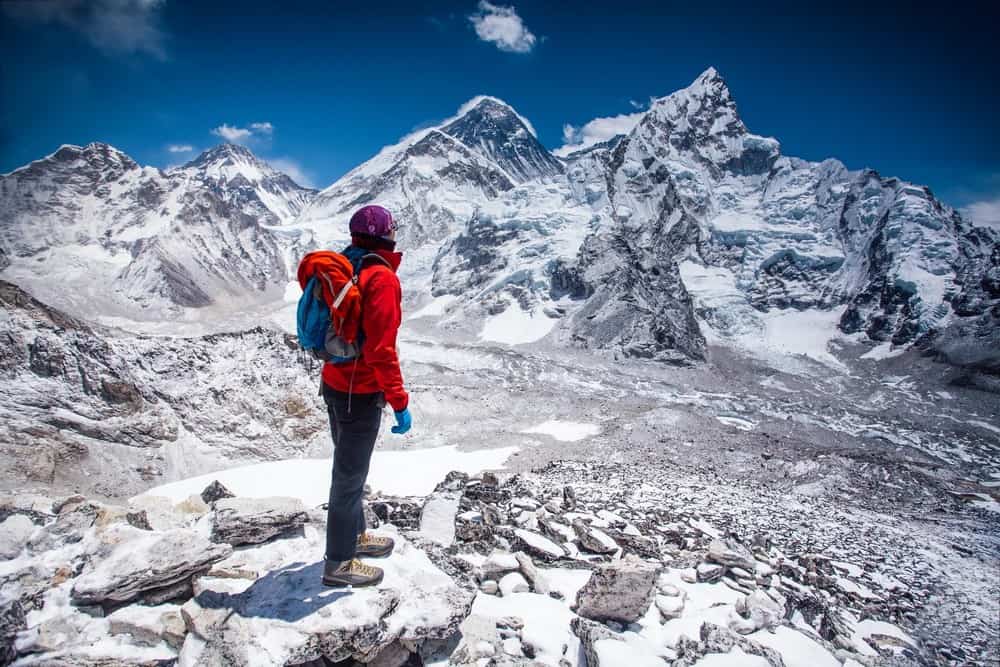
The risk of suffering from severe high-altitude illnesses, including acute mountain sickness (AMS), high-altitude cerebral edema (HACE), and high-altitude pulmonary edema (HAPE), is markedly increased without supplemental oxygen. These conditions can be fatal. Furthermore, the lack of oxygen forces climbers to proceed at a slower pace, significantly raising the risk of frostbite, exposure, and exhaustion.
Attempting Everest without supplemental oxygen demands exceptional physical fitness, an extraordinary acclimatization capability, and mental fortitude. The technical difficulties of the climb are magnified without the aid of oxygen.
Their Last Expedition
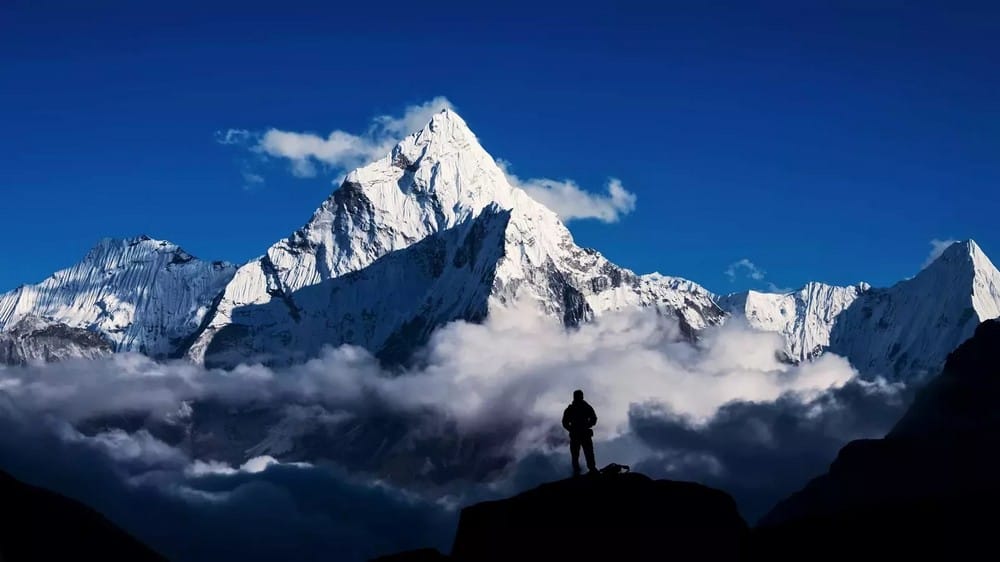
Francys and Sergei planned their joint expedition to Everest in 1998. They had a lofty goal; both would be summiting without the aid of supplemental oxygen. On May 17, they began their ascent from the North Col, reaching significant altitudes with determination. The pair made two attempts on the summit but were thwarted by headlamp failure and inclement weather. Despite these setbacks, the couple persevered and successfully reached the summit on May 22.
Unfortunately, the descent proved fatal for Francys. She became separated from Sergei in the darkness and the extreme conditions. For hours, she fought for survival, her situation growing increasingly perilous as the mountain sapped her strength. An Uzbek team encountered Francys and tried to help her. However, as she was unable to move on her own, they eventually gave up the effort and continued down without her.
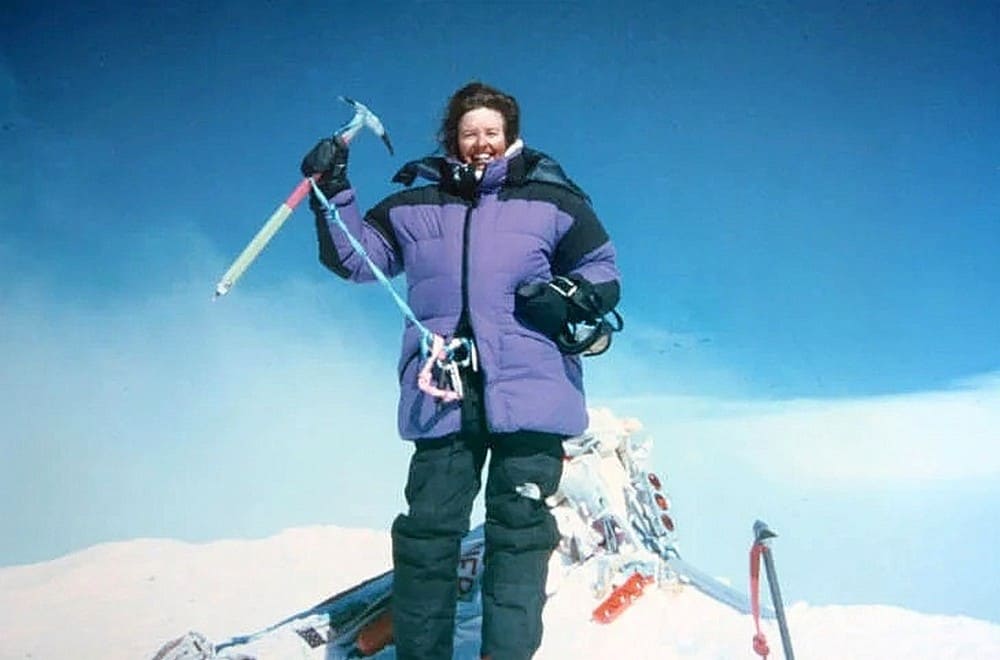
Her last known encounter was with climbers Ian Woodall and Cathy O’Dowd. “Don’t leave me,” she said to O’Dowd. O’Dowd recounted that Francy’s skin was milky white and totally smooth. The severe frostbite made her look like a porcelain doll. “Why are you doing this to me?” she asked. They too were forced to abandon her.
Francys died on May 24, 1998, at the age of 40, in the same spot where she was last seen. The subsequent discovery of her body near the northeast ridge bestowed upon her the moniker “Sleeping Beauty.” She appeared peaceful, lying in the snow as if in slumber rather than the grip of death.
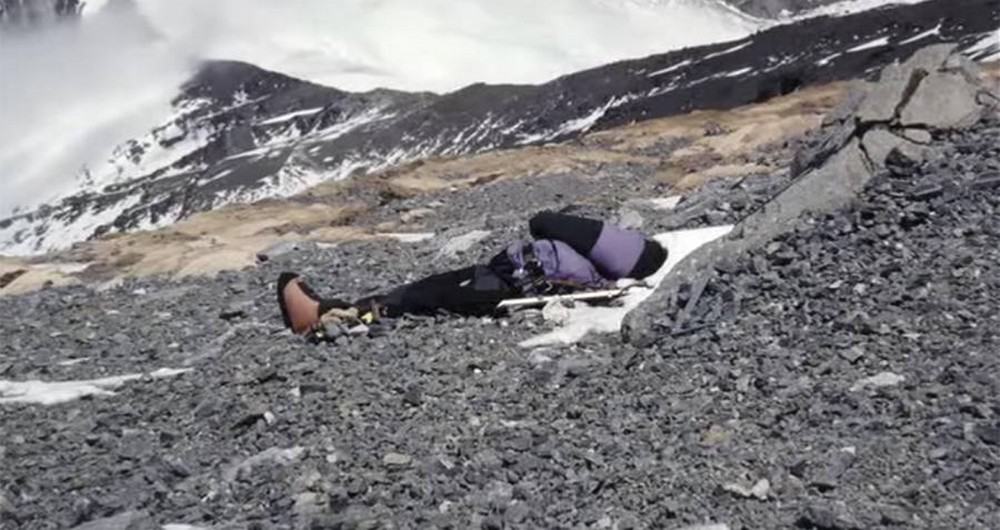
As for Sergei, he ascended the mountain carrying medicine and oxygen in a heroic attempt to find her. As the Uzbek climbers descended to camp, they saw Sergei on his way back up. He was never seen alive again. His body was discovered in 1999 by climbers on an expedition. The exact circumstances of his death remain shrouded in the mystery.
Is Sleeping Beauty Still on Everest?
Yes. For nearly a decade, Francys’s body lay exposed to the elements near the mountain’s perilous northeast ridge. She was moved out of sight, away from the climbing route, in 2007. Ian Woodall, who had encountered Francys on Everest shortly before she passed, undertook the mission out of compassion and respect
Today, the exact location of Francys’s final resting place remains undisclosed, a decision made out of respect for her and her family. Woodall and his team wrapped the body in an American flag, then relocated her to a place where she would no longer be a waypoint for climbers. This gave her a semblance of a burial on the peak that had claimed her life. In doing so, Woodall and his team provided a dignified end to the tragic tale of Everest’s Sleeping Beauty.
May she rest in peace.




















































